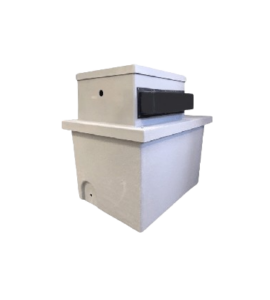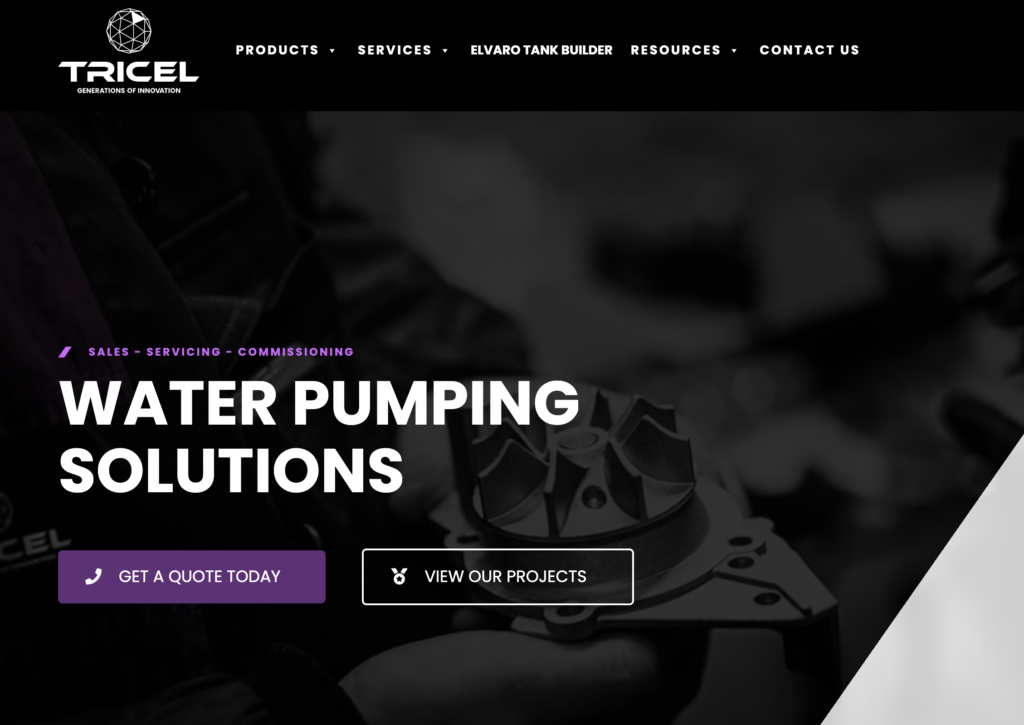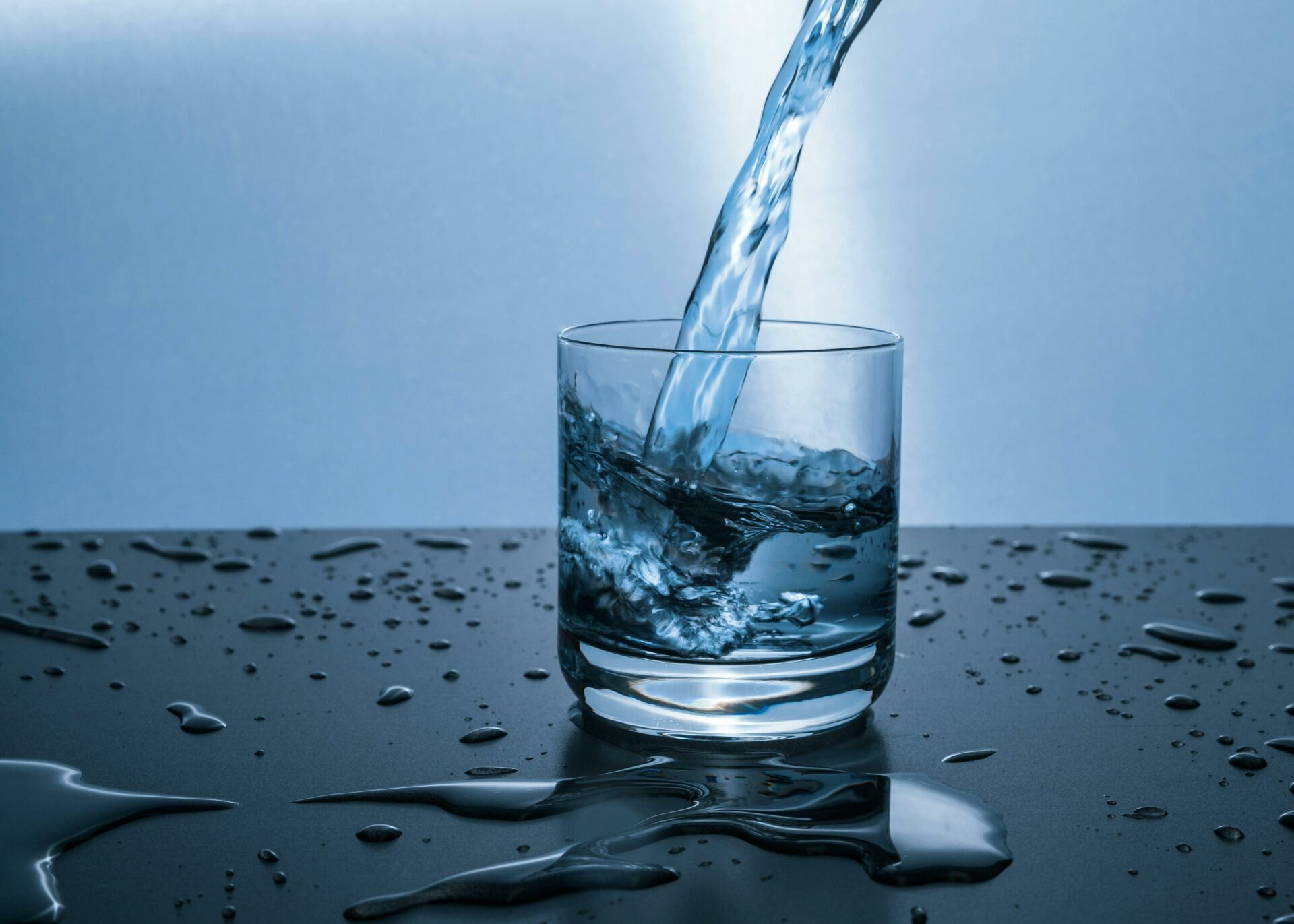
Potable water Tanks
Home » Cold Water Storage Tanks » Potable Water Tanks

Potable water tanks ensure a reliable supply of clean drinking water, especially in areas where the municipal water supply is unreliable or inaccessible. These tanks are specifically designed to store and preserve water, effectively safeguarding it for human consumption. By keeping water protected from contaminants, they play a crucial role in maintaining a safe, consistent water source. Whether used in rural locations or emergency situations, potable water tanks provide peace of mind, ensuring access to clean water when it’s needed most.
Purpose of a Potable Water Tank
Potable water tanks are specifically designed to store drinking water, ensuring it remains clean, safe, and free from harmful contaminants. These tanks play a vital role in maintaining water quality, as they adhere to strict safety standards. To guarantee that the water remains suitable for human consumption, these tanks must comply with the WRAS (Water Regulations Advisory Scheme) guidelines. By doing so, they ensure the water meets the necessary requirements for safety and quality.
When it comes to potable water, it must be deemed ‘wholesome.’ This means the water should not only be safe but also free from factors that could negatively affect its appearance, smell, or taste. Public health is the primary concern, and these standards ensure water remains safe to drink and use.
Furthermore, drinking water tanks can be constructed from various materials, each offering distinct advantages. Common options include concrete, plastic, and stainless steel tanks. At Tricel Water, we offer tanks made from Glass-Reinforced Plastic (GRP), which is both durable and lightweight. Additionally, our GRP tanks are Regulation 4(1)a Approved, ensuring that they meet all safety requirements for storing drinking water. Whether you’re installing a new system or upgrading an existing one, choosing the right tank is essential for maintaining a reliable, safe water supply.
Main Uses
The Science Direct journal states that potable water is commonly used for the following purposes:
- Drinking water
- Showers
- Toilets
- Cooking
Factors When Choosing a Potable Water Tank
Several factors must be considered when selecting a drinking water tank. These include capacity requirements and space restrictions. It’s essential to choose a tank that meets the specific needs of the intended application and complies with local regulations.
- Capacity Requirements
Determining the appropriate capacity for your tank is crucial to ensure an adequate supply of clean drinking water. The capacity needed depends on various factors, including the number of people or households served, water usage patterns, and potential emergency scenarios.
Our water tanks range in size from 45 to 16,000 litres for all one-piece tanks, up to 500,000 litres for TIF tanks and up to 2,000,000 litres for our hot press sectional tanks.
Smaller one-piece or two-piece tanks, with capacities ranging from 100 to 1,000 gallons, may be perfectly adequate for residential use. However, larger commercial or industrial applications often demand tanks with capacities that exceed hundreds of thousands of gallons. Therefore, it’s crucial to assess both your current and future water needs. Doing so will help ensure you select a tank size that can effectively accommodate fluctuations in demand.
Space Restrictions
In addition to capacity, another important factor is the available space for tank installation. This includes considering the tank’s dimensions, clearance requirements, and ease of accessibility for both installation and ongoing maintenance.
Before making a purchase, it’s advisable to measure the available space carefully. Furthermore, consulting a professional can help you determine the most suitable tank size and configuration for your specific needs. In cases where space is limited, the TIF tank emerges as the optimal choice, as it maximizes storage capacity while reducing the required clearance. Standard access requirements usually demand 500mm of space around the tank for assembly and maintenance, but with the TIF design, these access requirements are significantly reduced.
By thoroughly evaluating both capacity and space constraints, you can select a potable water tank that not only meets your water storage needs but also optimizes space usage and ensures a continuous, reliable supply of clean drinking water.
Maintenance Tips for Potable Water Tanks
Regular maintenance is essential to keep potable water tanks in optimal condition. This includes periodic cleaning, inspections for leaks or damage, and prompt repairs as needed. Neglecting maintenance can lead to contamination or structural issues, compromising the quality of the stored water.
Regular cleaning of your water tank according to the Approved Code of Practice (ACOP) L8 helps comply with legal and regulatory duties concerning Legionella. The guide looks at the control measures, risk assessments and, most importantly, the duties and responsibilities of those involved in the supply of water systems. Regular cleaning stops microbial growth within the tank.
Where the tank has been drained for maintenance, it must not be left empty for more than three days. If it is to be left empty for longer than three days, then it is advised that you contact our after sales team for re-fill advice.
Cleaning and Maintaining your Potable Water Tank
Drain the tank completely:
First, ensure that all the water is thoroughly drained from the tank. Use a hose to remove any remaining water from the bottom, making sure the tank is completely empty before moving on to the next steps.
Clean the inside of the tank:
Next, use a long-handled brush along with a mixture of water and mild detergent to scrub the walls and base of the tank. Be sure to pay extra attention to the corners and any hard-to-reach areas, as these can accumulate dirt and debris.
Rinse thoroughly:
After cleaning, rinse the tank multiple times with clean water to remove any soap residues. It’s crucial to ensure that no detergent is left behind, as even small amounts can contaminate the water supply when the tank is refilled.
Disinfect the tank and pipes:
Now, prepare a disinfecting solution using 1 part household bleach to 10 parts water. Fill the tank with the solution and let it sit for at least 6 hours. Additionally, run the solution through all pipes and outlets to disinfect the entire system.
Flush and dry:
Once the disinfecting process is complete, safely drain the solution from the tank. Rinse both the tank and pipes with clean water until all traces of bleach are completely removed. Finally, leave the tank open to air dry thoroughly before refilling it with fresh water.
By following these steps carefully, you will maintain a clean, safe, and properly disinfected water tank, ensuring that your water supply remains of the highest quality.
Potable Water Tanks vs Non-Potable Water Tanks
Potable Tanks
Potable and non-potable water tanks serve distinct purposes and have specific design considerations to ensure the safety and suitability of the stored water for its intended use.
A potable water tank must meet stringent health and safety standards to stop contamination and ensure the water remains clean and drinkable. These tanks are typically constructed from materials approved for contact with drinking water, such as fibreglass.
Key characteristics of potable water tanks include:
- Materials: Potable water tanks are made from materials that are non-toxic and resistant to corrosion, ensuring the water remains free from harmful contaminants.
- Regulations: Clean water tanks must comply with government regulations and industry standards to maintain water quality and safeguard public health.
- Maintenance: Regular cleaning and maintenance are important to prevent bacterial growth and maintain water quality in water tanks.
Non-Potable Tanks
A water tank is used to store water not intended for human consumption, typically called grey water. While grey water tanks do not need to meet the same stringent standards as potable water tanks, they still require proper design and maintenance to avoid contamination and ensure the water remains suitable for its intended use.
Key characteristics include:
- Design: Grey water tanks may be constructed from a wider range of materials than potable water tanks, depending on the specific application and water quality requirements.
- Usage: Grey water tanks are used for purposes other than drinking water, such as industrial processes or fire protection.
- Treatment: Depending on the source of the water and its intended use, non-potable water may require treatment or filtration to remove impurities or contaminants.
Understanding the differences between potable and non-potable water tanks is essential for selecting the appropriate tank for a specific application and ensuring the safety and quality of the stored water.
*download the guide for Alternative Water Systems*
Read More...
- Water Tank Installation & Maintenance
- Cold Water Storage Tanks
- Case Studies
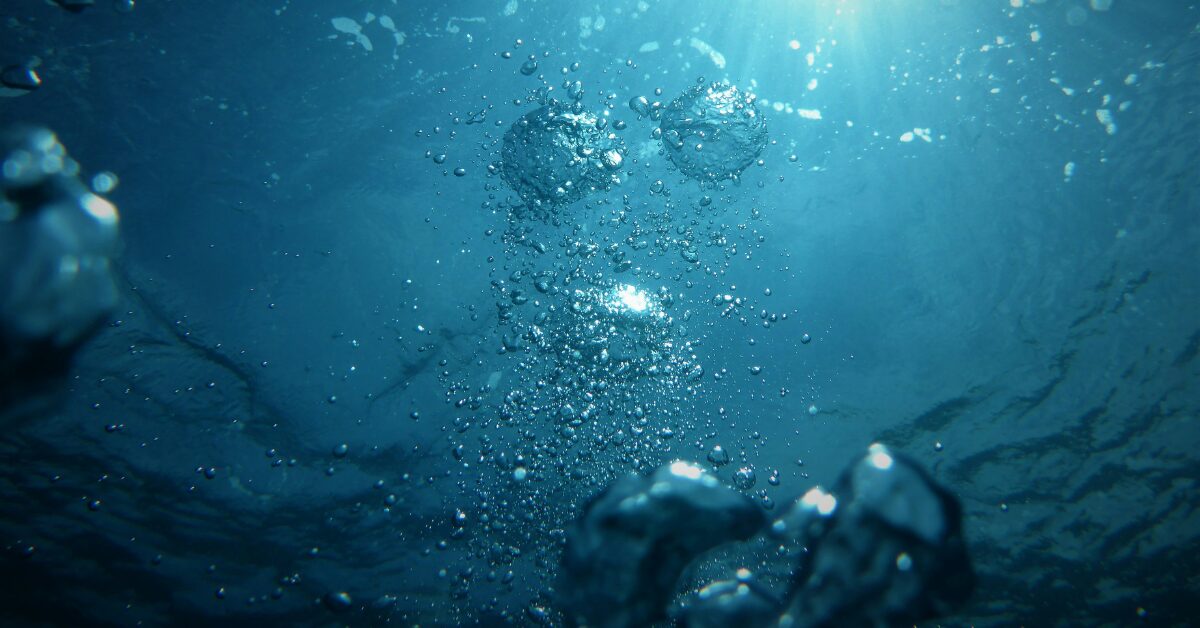
Leak in Water Tank: Causes, Prevention, and Solutions
Water tank leaks can lead to significant structural damage and water loss. Common causes include corrosion, poor installation, and lack of maintenance. To prevent leaks, it's essential to ensure proper installation, use high-quality materials, and conduct regular inspections. For detailed guidance on causes, prevention, and solutions for water tank leaks, refer to Tricel Water UK's comprehensive article.
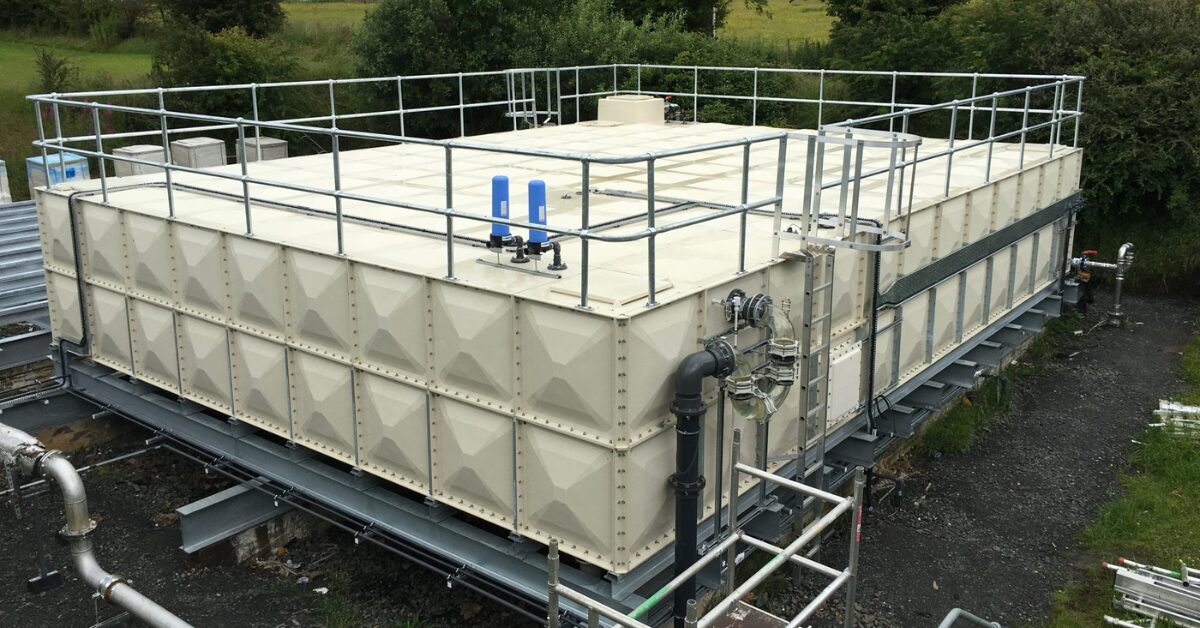
Importance of Base Levelling Steels
Proper base levelling is essential for the stability and longevity of your water tank. This guide explains why base levelling steels are crucial for preventing structural issues and ensuring your tank performs optimally over time.
Water Tank Replacement
Replacing your water tank is crucial for maintaining system efficiency and preventing costly repairs. This guide covers key signs that it’s time for a replacement and the best practices for installing a new tank, ensuring reliable water storage.
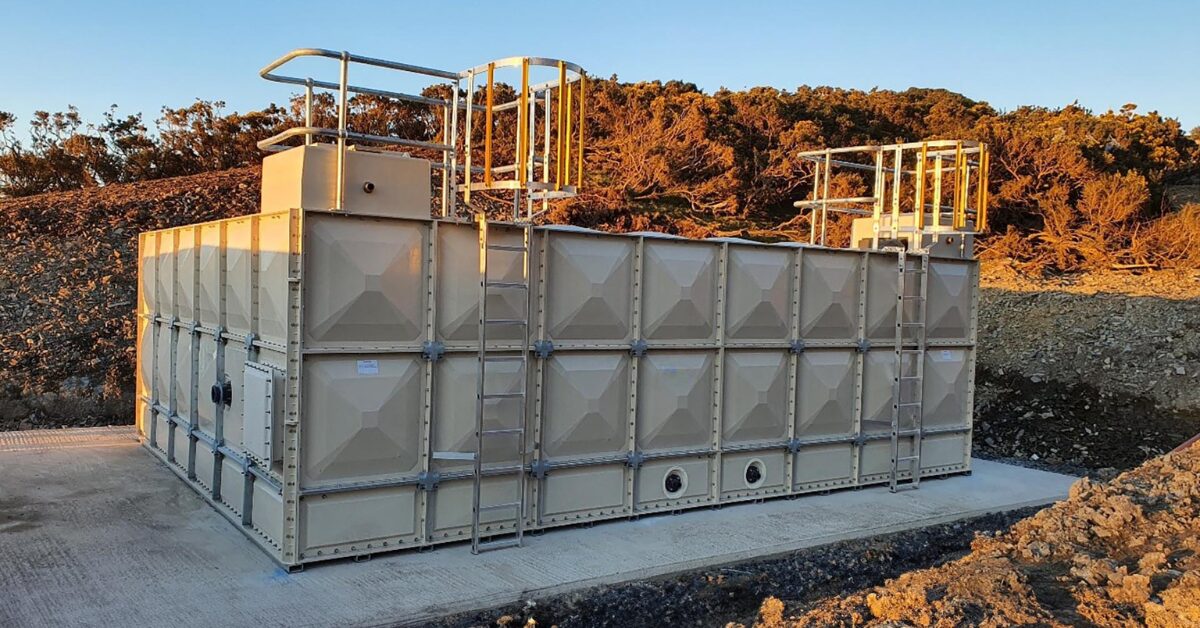
Water Tank Installation Guidelines
Ensure your water tank is installed correctly with our comprehensive guide. Learn the key steps, best practices, and important considerations to achieve a successful and efficient installation.
